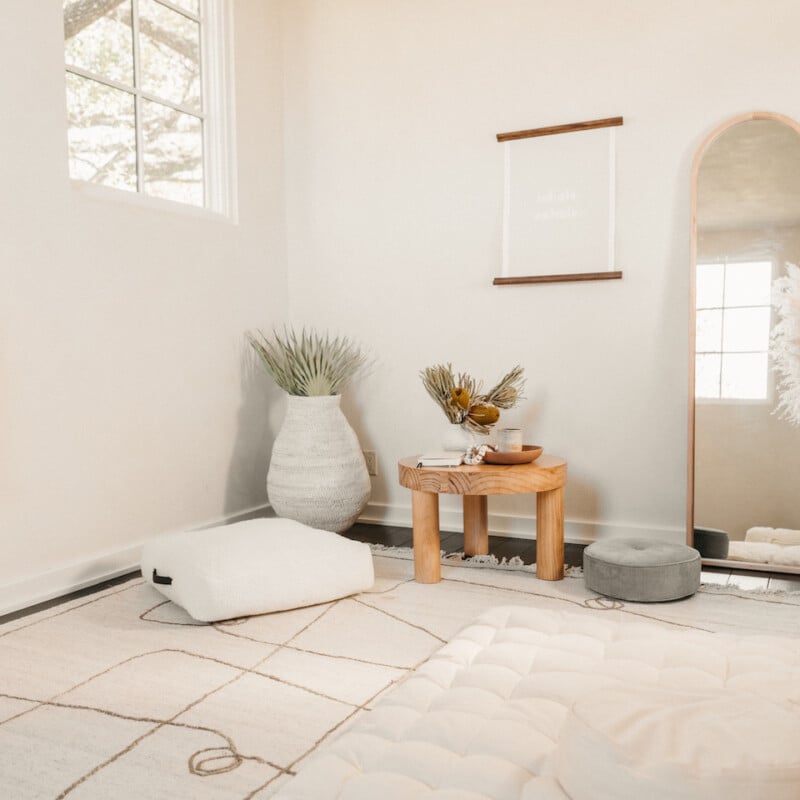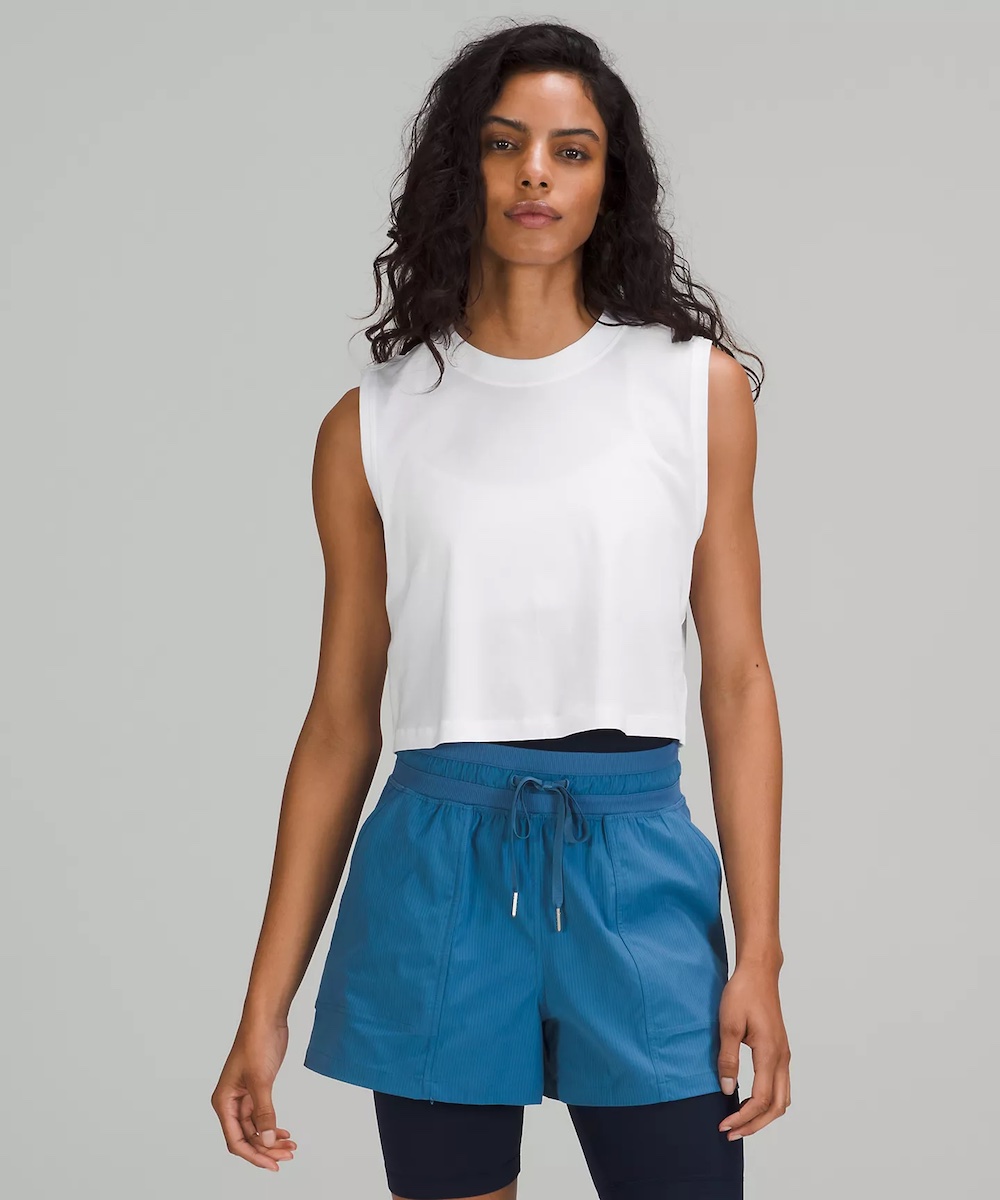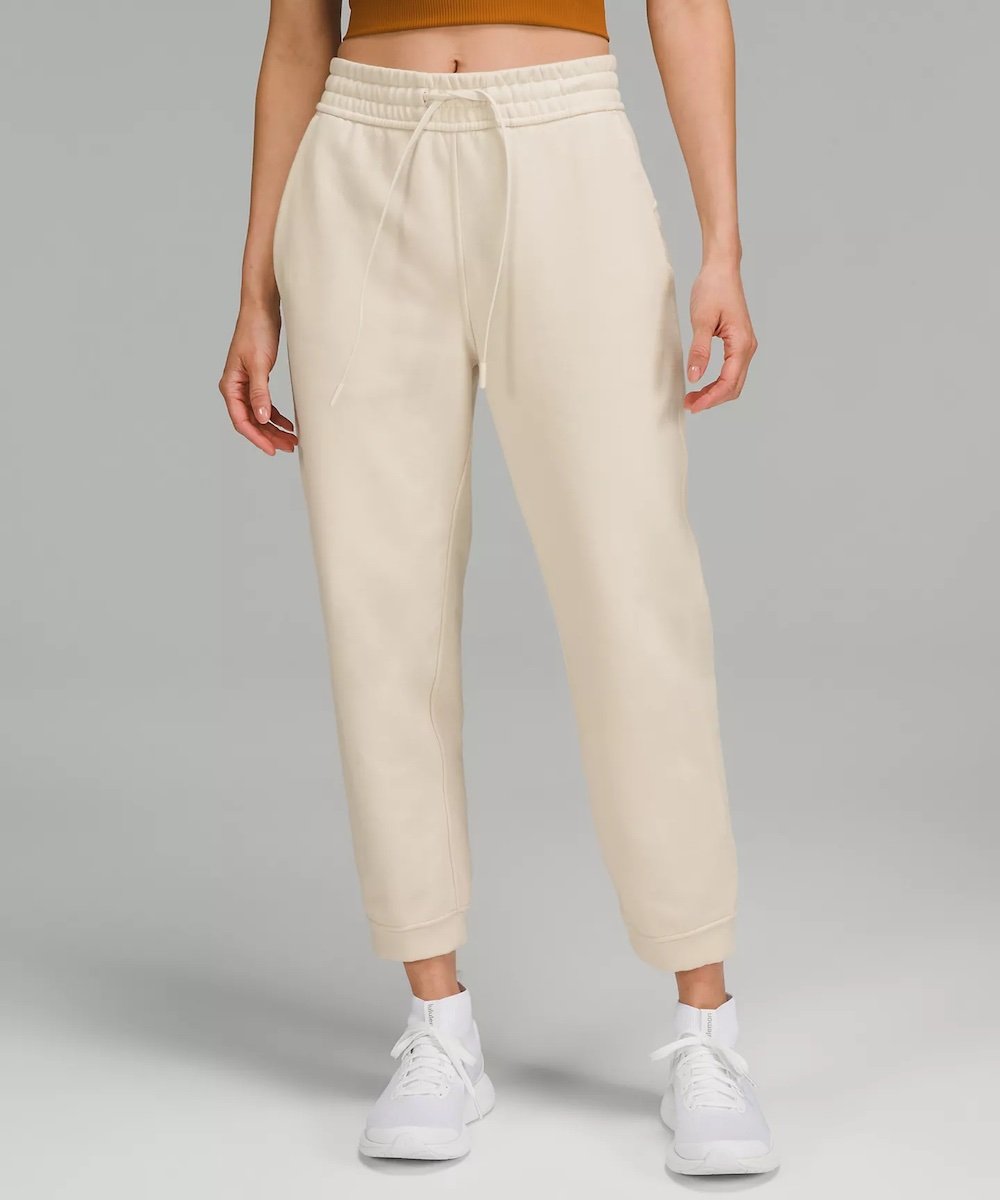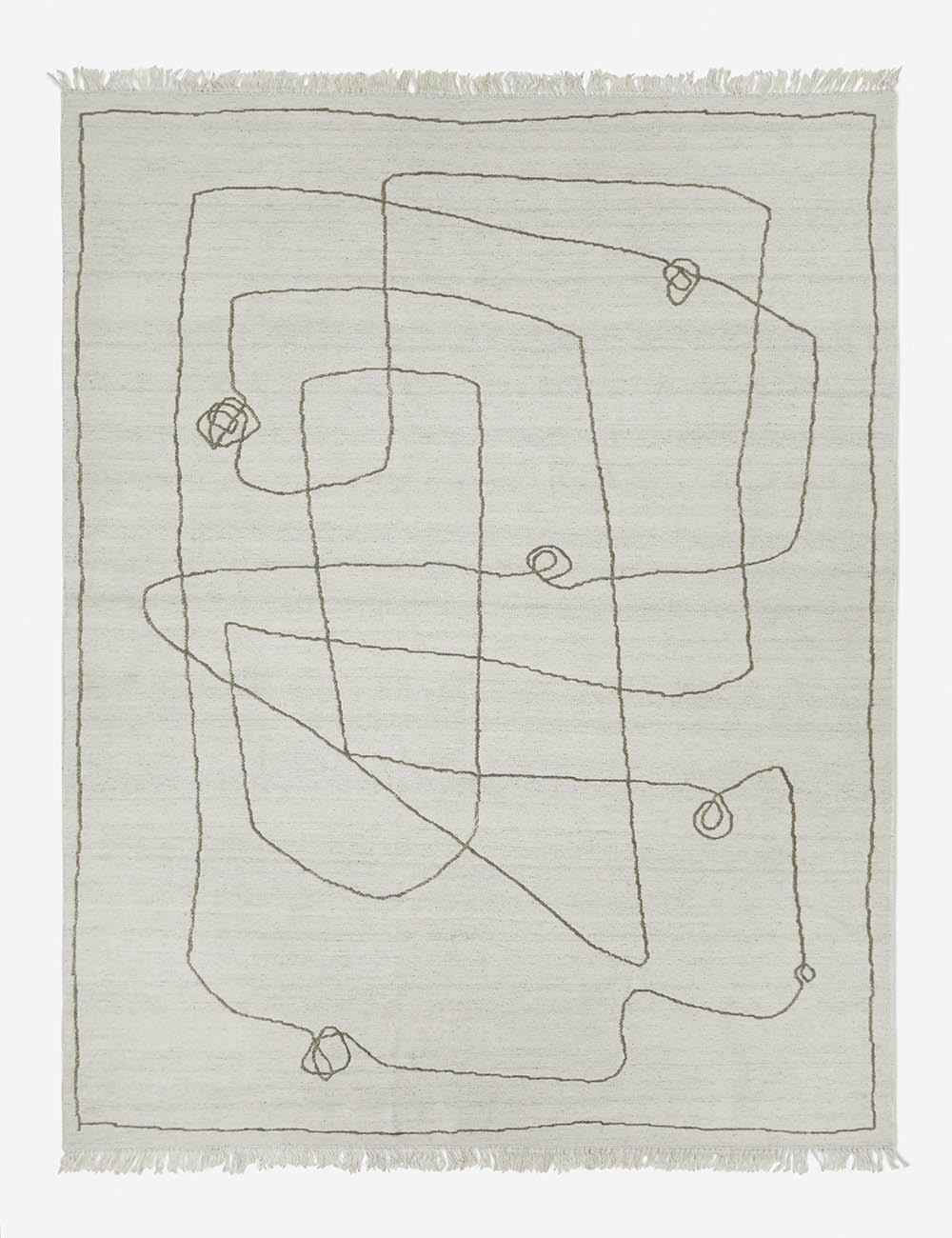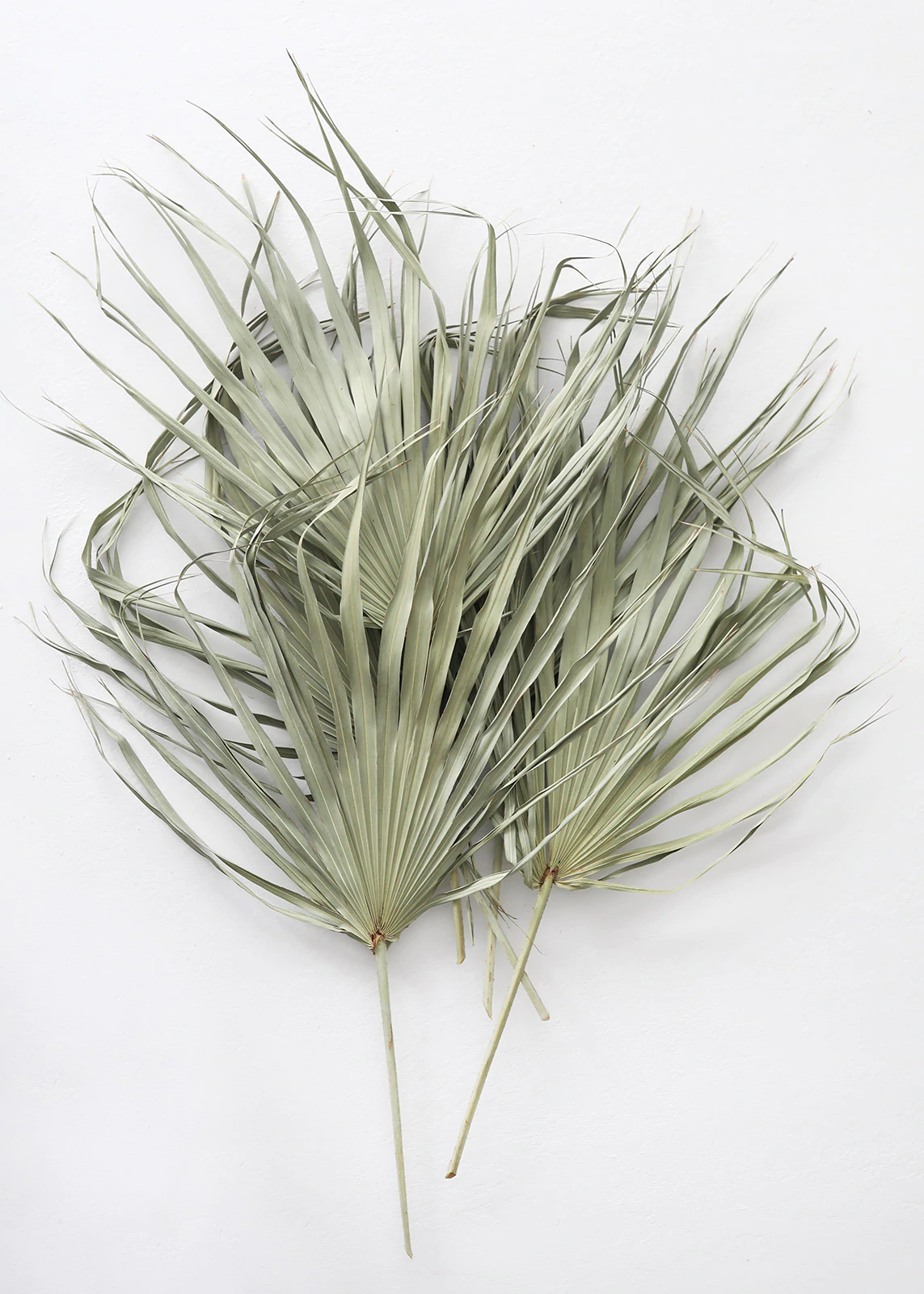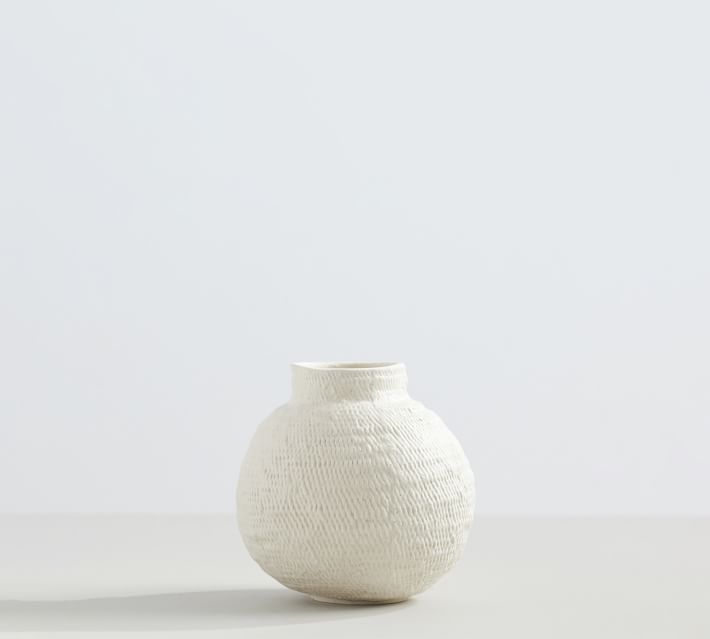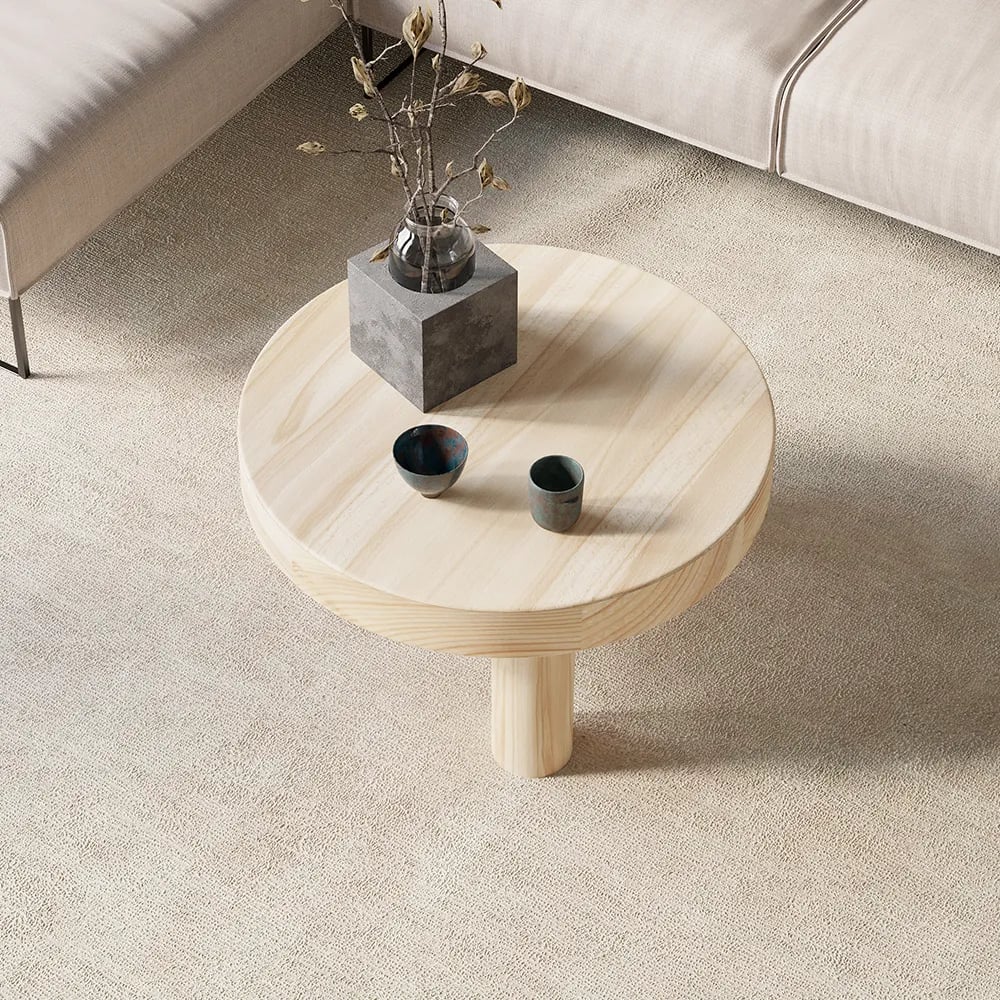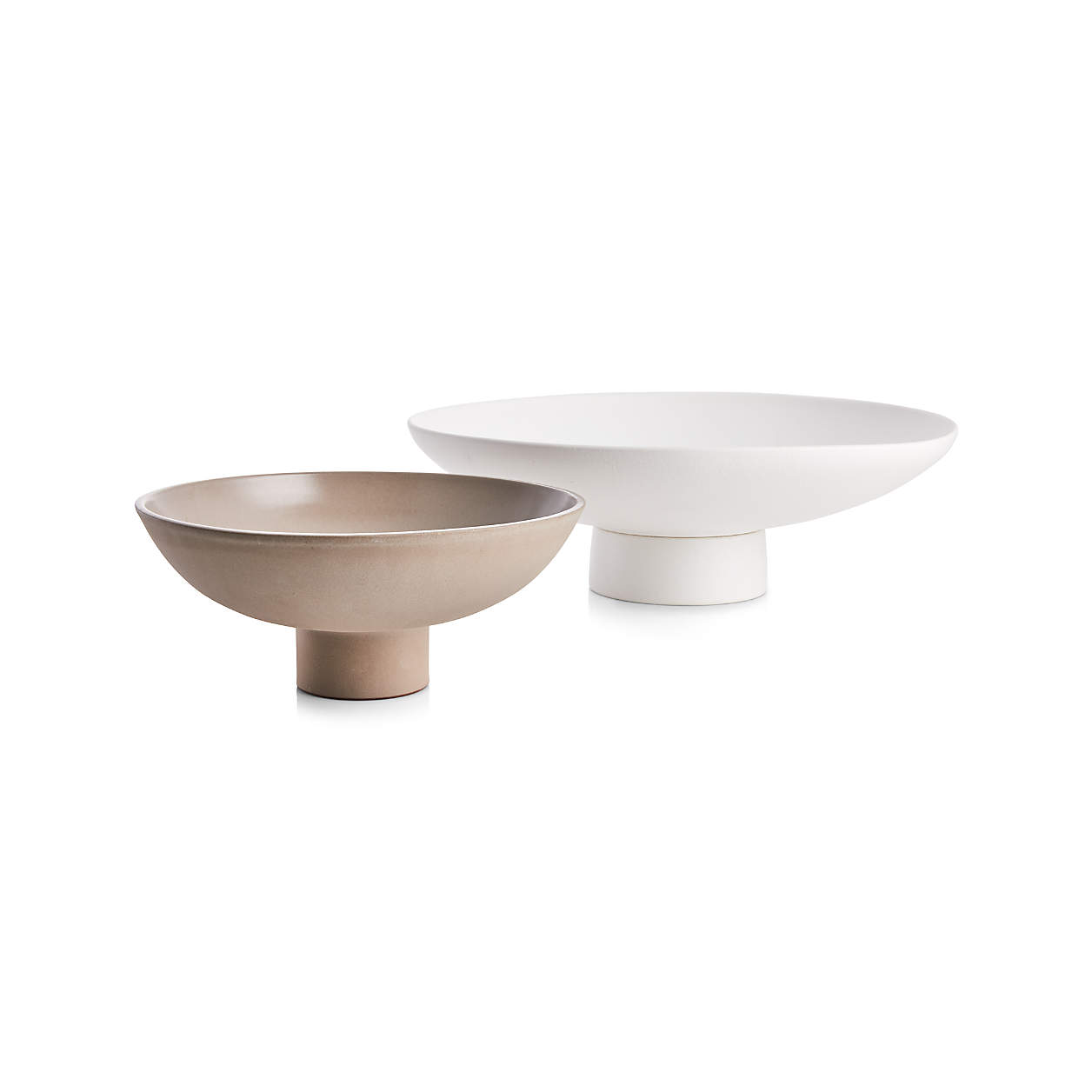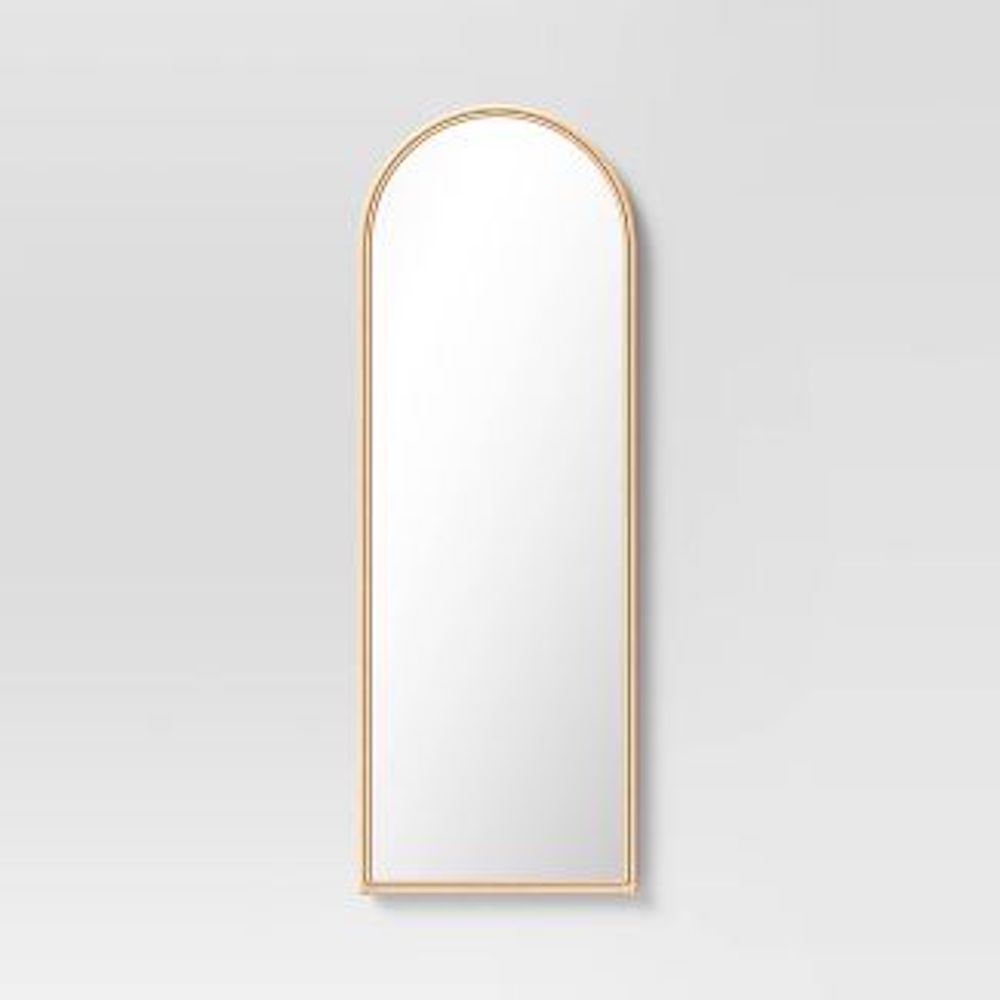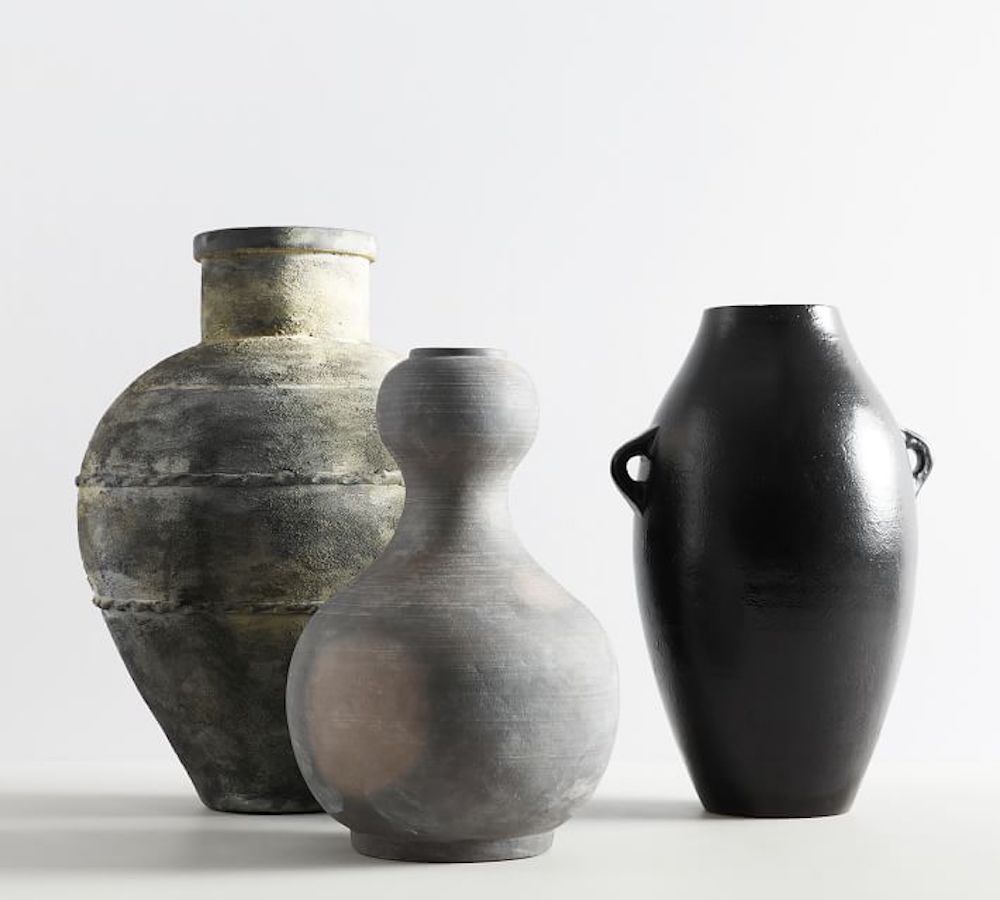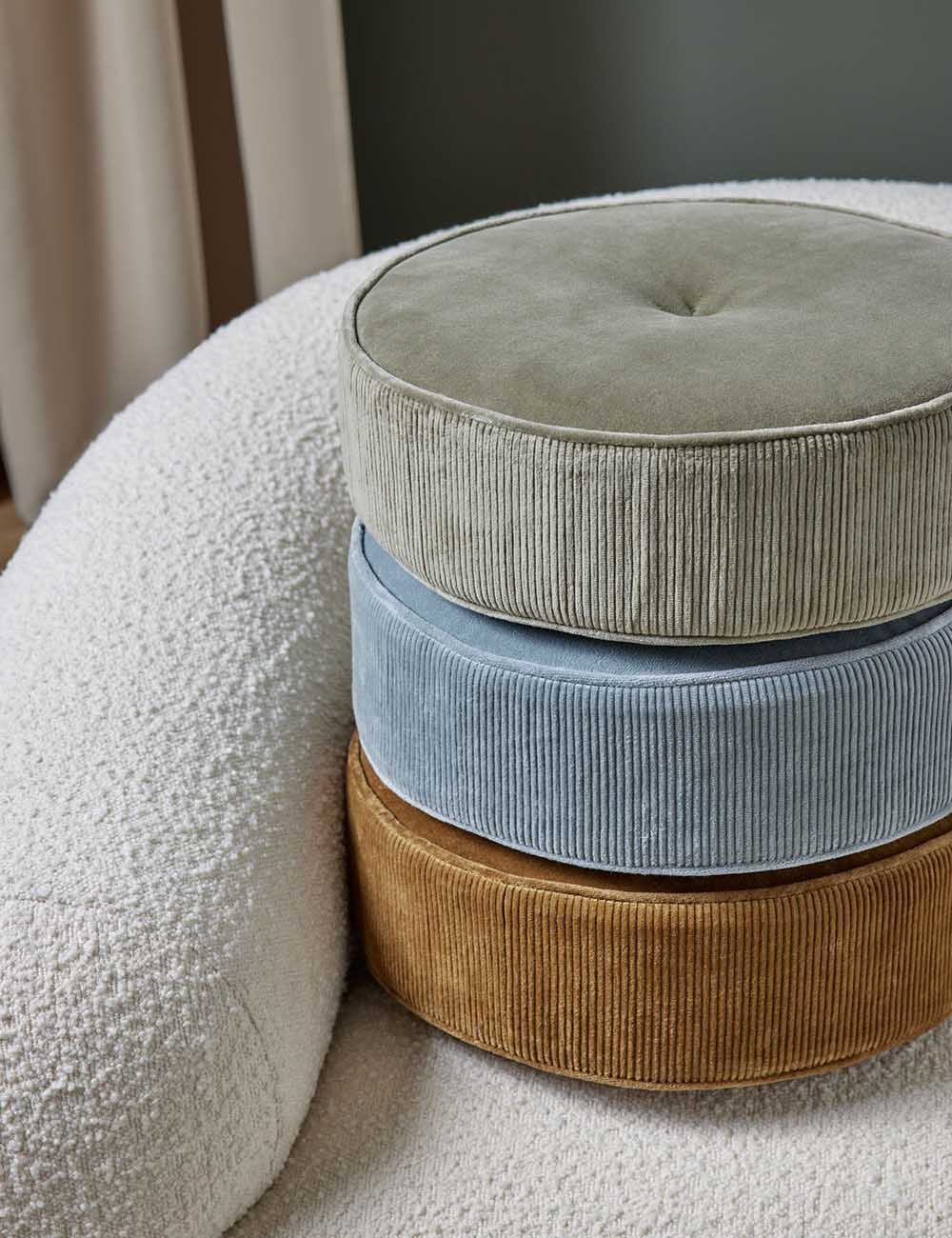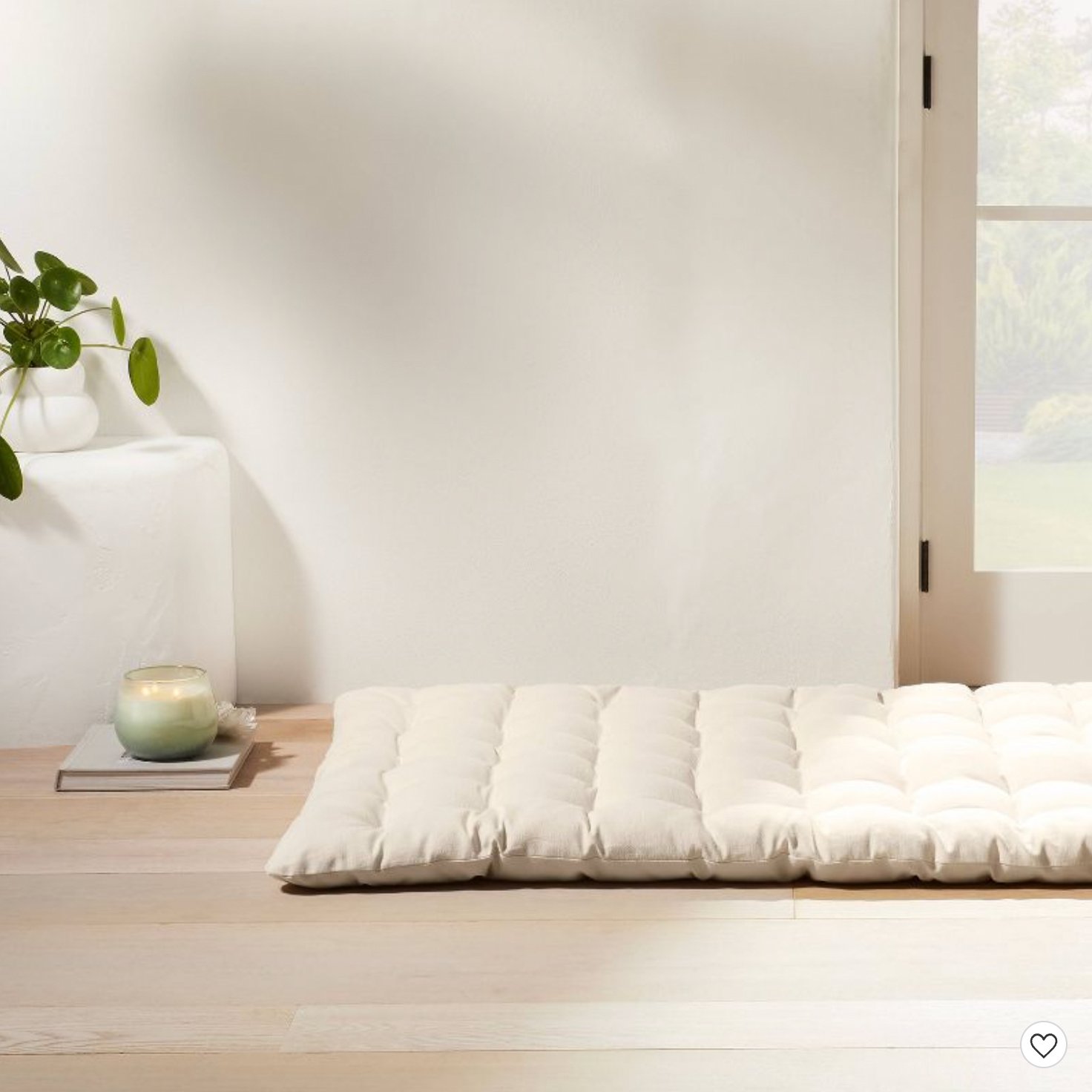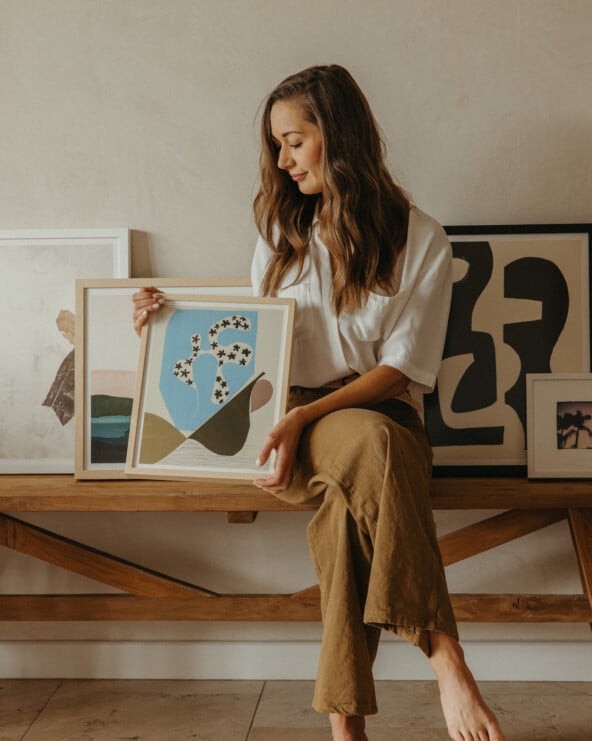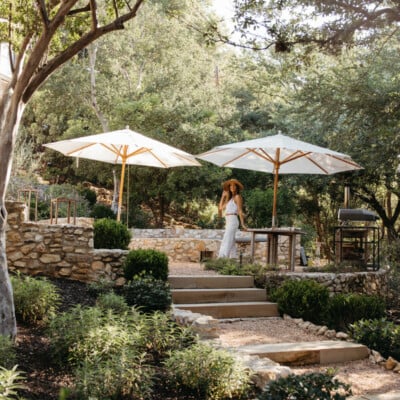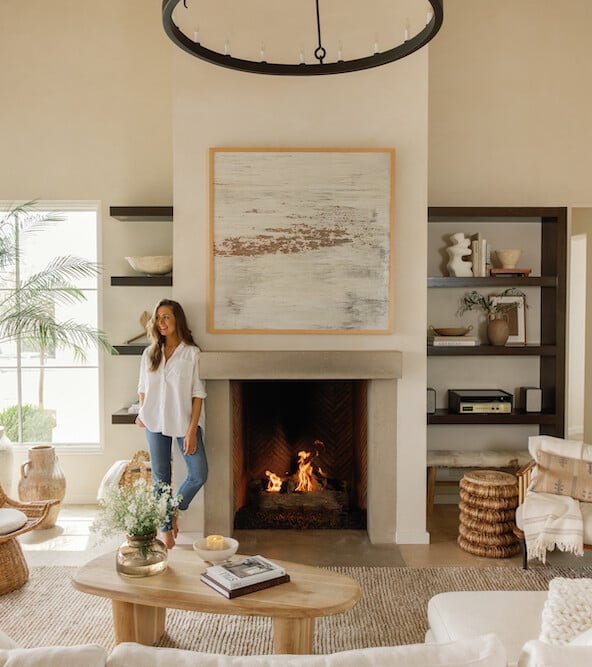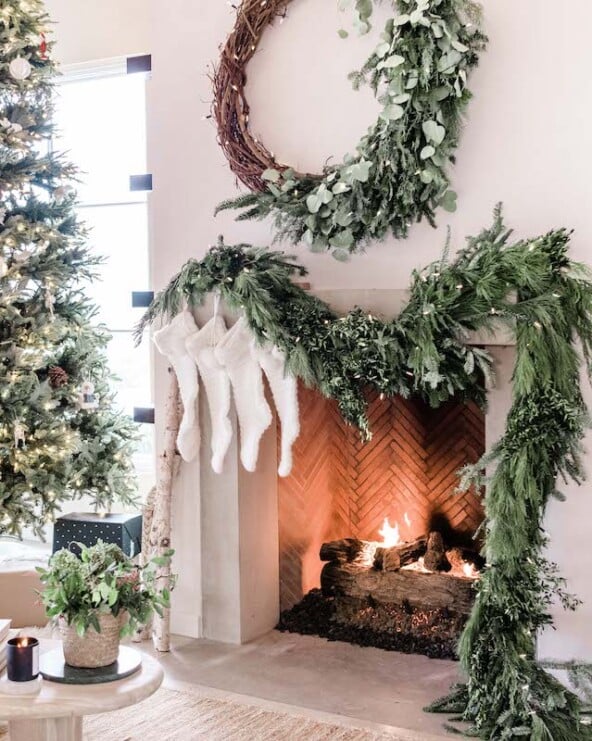If you happen to live with anyone–be it roommate, partner, children, or otherwise–you’ve likely spent a lot of time in close quarters over the past couple years. We’ve come to understand on an entirely new level that a little alone time is a healthy thing. Plus, any parent of young children knows that quiet time is downright luxurious, so when I was trying to figure out what to do with the under-utilized loft area at the top of our staircase, I decided: it’s time to create a space for solitude. Enter: my new meditation room.
Although I’m calling it my meditation room, my goal is to carve out an area of the house that everyone in our family can use when they need a moment to themselves. As I thought about how we’d use the space, I envisioned an area with my meditation pillow and candles, a small table for journaling, lots of cozy cushions and throws for the kids to curl up with a book, and yoga mats so Adam and I could do our pilates videos together (lol, don’t tell him I told you.)
Scroll on to see how it came together, plus all my decor sources and steps on creating the meditation room of your dreams.
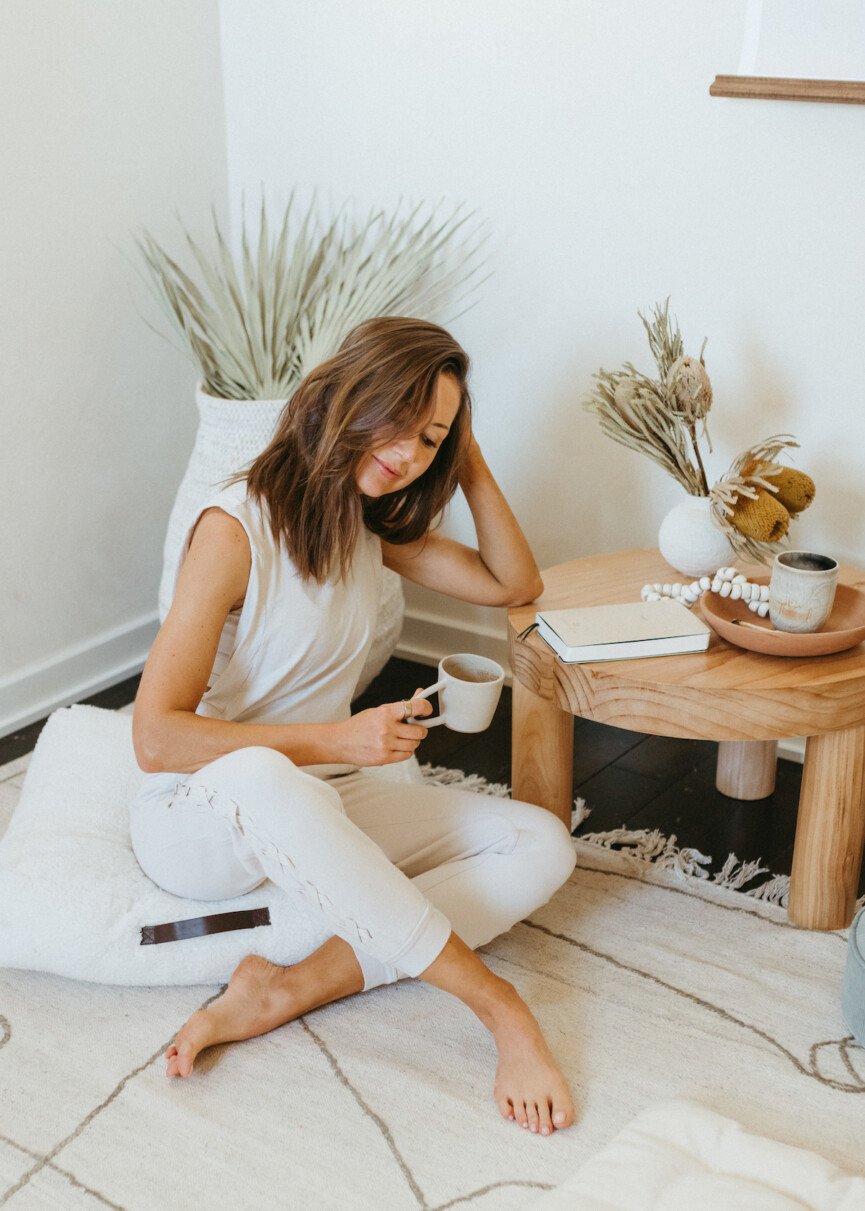
Define your intention for your meditation room
Back in January, the trend forecasters at Pinterest predicted that “emotional escape rooms” would be big for 2022. According to their report:
“If you need a place to go to feel all the feels, there’s a room for that. People will plan their great (indoor) escapes and designate rooms in their homes to decompress, vibe and rage.”
By starting with your intention, or defining how you want to feel in the space as the first step, you can let that feeling guide all your other design choices.
Made from soft, comfortable fabric that feels amazing and goes with just about everything.
This jogger is where ready meets relaxed.
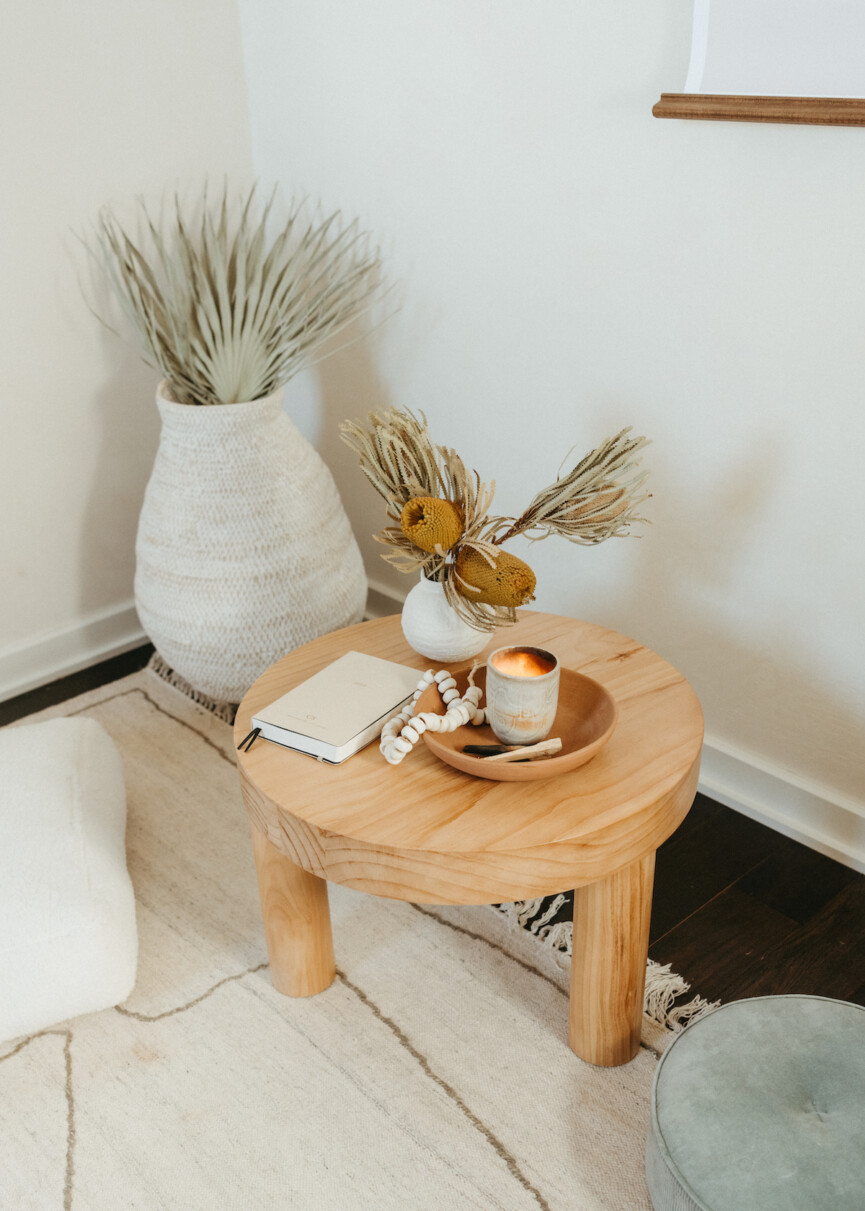
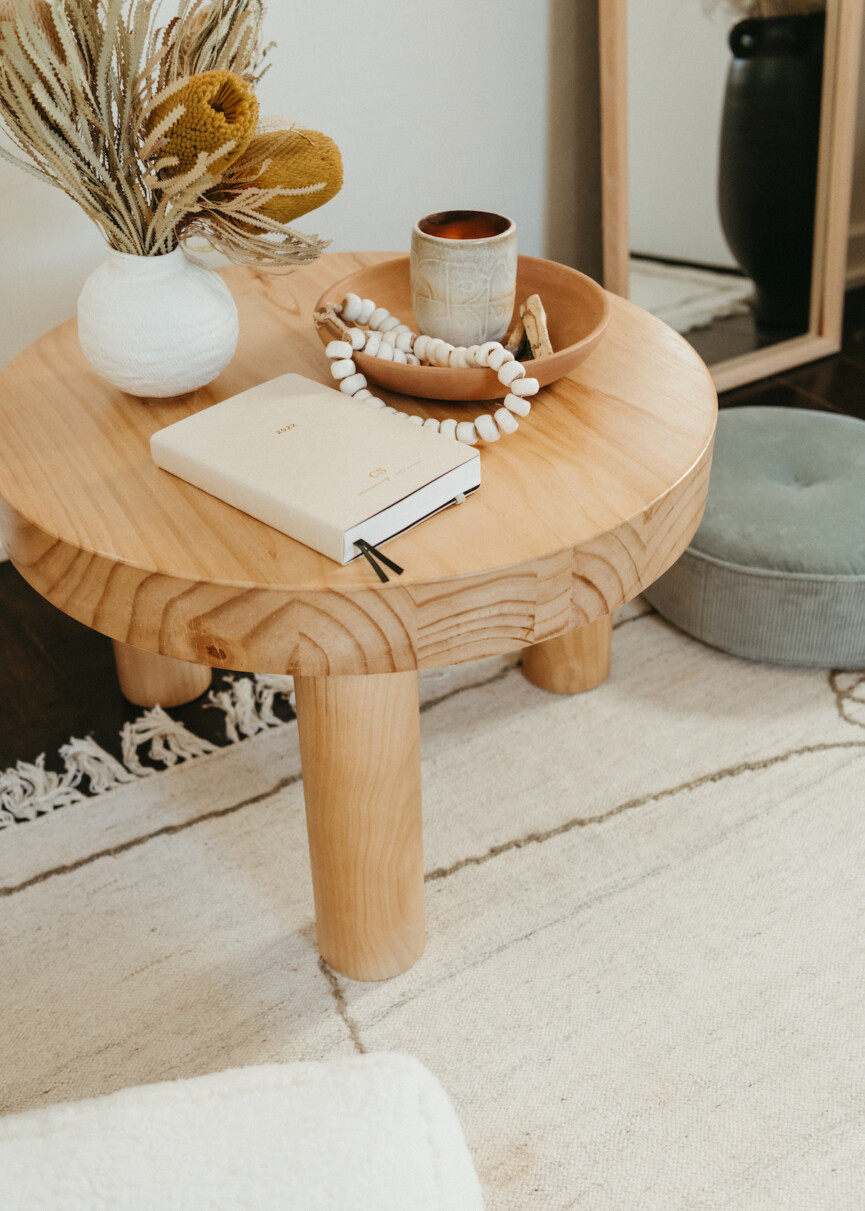
Create a cocoon with color and texture
We all know that our physical space has a major impact on how we feel, so my design vision was rooted in a neutral color palette that would be soothing and restful, with lots of texture to feel almost cocoon-like.
A flatweave rug (from Sarah Sherman Samuel’s collection for Lulu and Georgia) is the standout design piece–I love how the simple, organic pattern creates character without screaming for attention. And it’s super soft underfoot–a must for your meditation room rug.
A line-drawn design gives this flatweave rug visual interest without distracting from the zen vibes. Woven from a viscose-wool blend, this rug is softer underfoot than a traditional flatweave.
Dried branches add an organic element without requiring maintenance–I love to mix them with a few indoor plants in a space. These sun palm leaves are my favorites.
A vase or sculptural object gives the space a personal feel. I love the etching on this vase’s spare silhouette–and the lack of color is in keeping with the pure palette of the room.
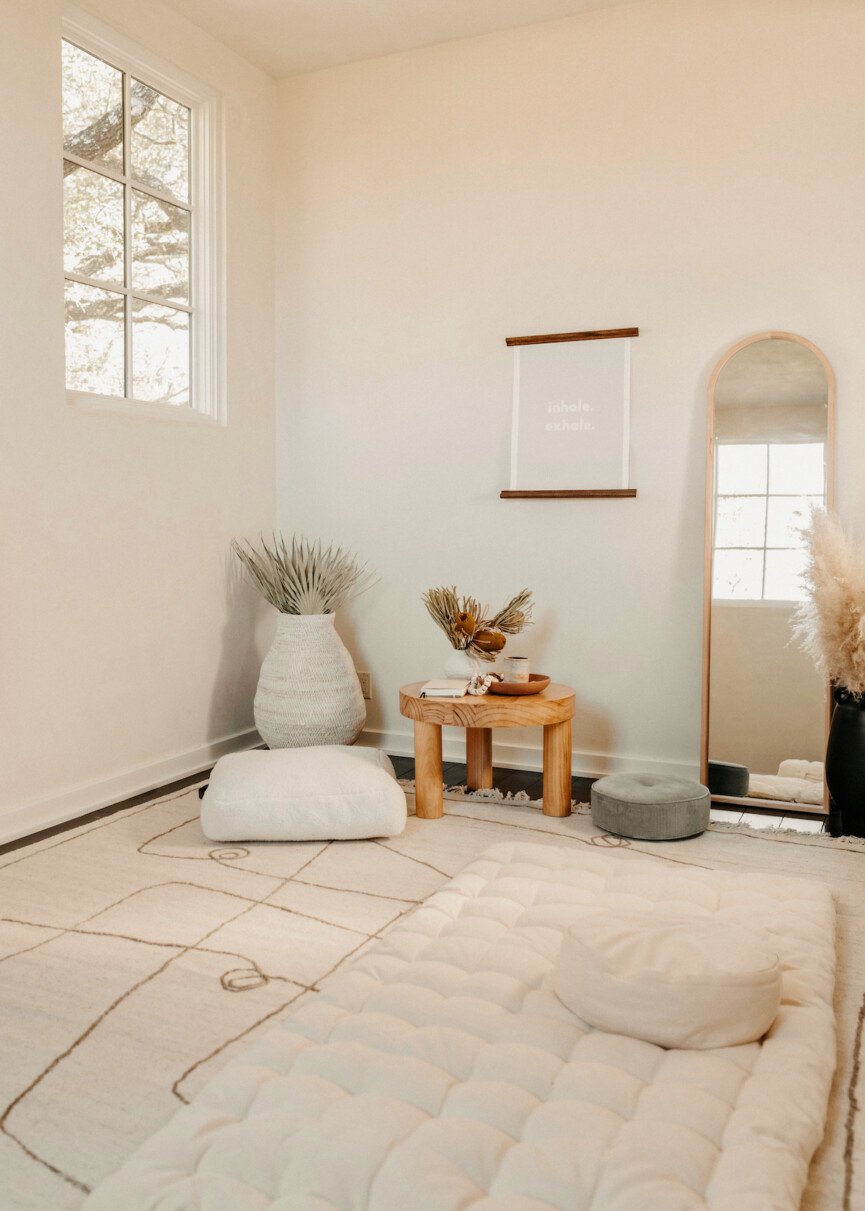
Embrace negative space
I intentionally wanted it to be a bit under-decorated–empty floor space would not only give my eye room to breathe, but would give us enough room to roll out our yoga mat and move.
The only real piece of furniture in the room is this round wood coffee table that was a total steal from . I wanted it to feel timeless and substantial, and the perfect height for me to journal on while sitting on my meditation pillow.
Low-Profile Table for Journaling
I wanted to be able to sit on my meditation cushion and comfortably journal, so I combed the web for a simple wood table at the right height, and found this one made of natural pine–and thankfully it was a total steal. I love the chunky shape and the 3-legged silhouette.
I’ve amassed a collection of ceramic bowls of varying shapes and sizes–they’re always the answer when I need to add a functional, pretty touch to a coffee table. This footed bowl is one of my faves–fill it with fruit, a cluster of air plants, or add a candle.
These beads make an artful addition to a casual table display.
Bring standout texture to your space with this wall hanging, featuring strands of palm woven together and topped with a lattice look.
This decorative mirror brings style and function to your indoor space.
These vases are handcrafted of pure terra cotta and are watertight to fill with fresh florals when inspiration strikes.
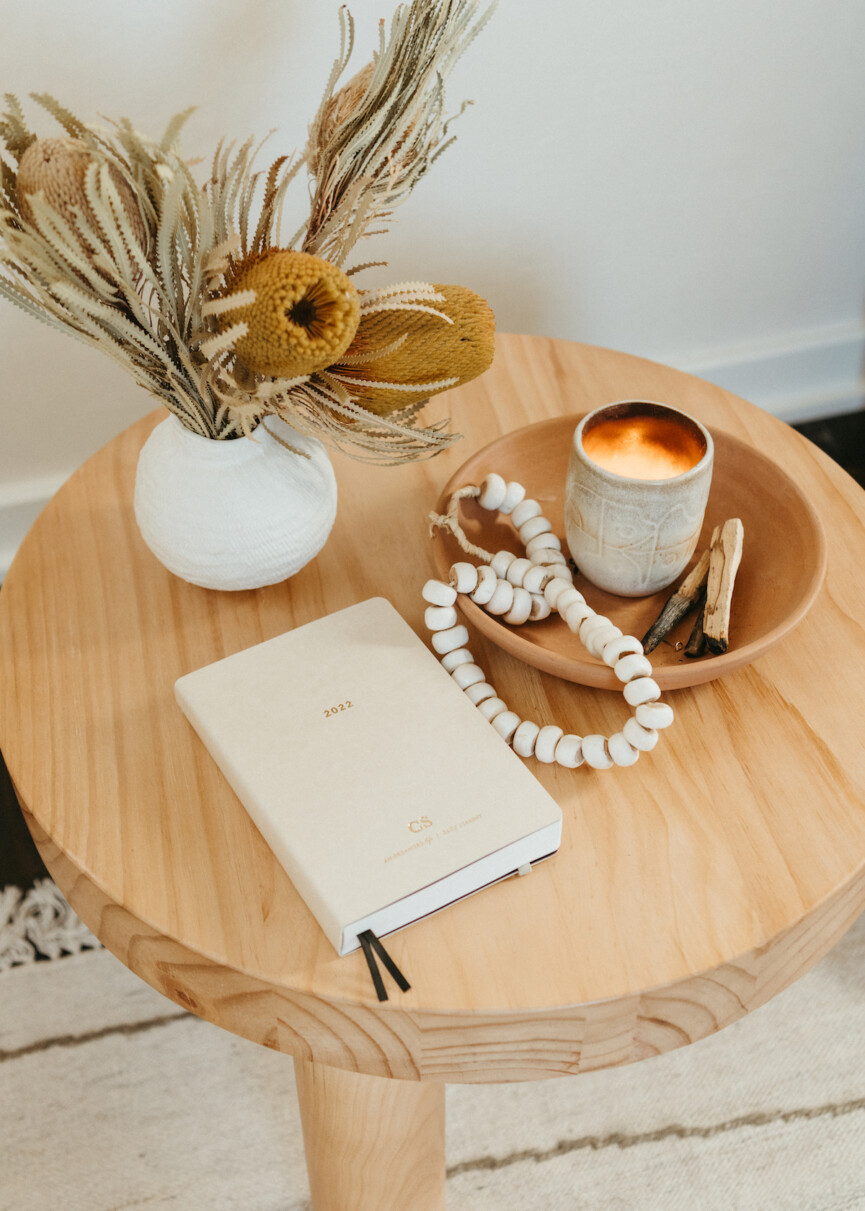
For seating, I went with textural floor cushions—this beautiful round velvet cushion from Lulu and Georgia and a soft mat I picked up from Target. It’s all about lounge-y vibes and soft everything.
With piped edges and ribbed siding, this decorative pillow can just as easily be thrown onto a sofa or used as a floor cushion. I have the blue, but want them all.
Roll out this soft, cushy mat for an instant spot to reset and recharge. There’s a coordinating meditation cushion that you can use with it to create an instant (and affordable) space to zen out.
Speak to all the senses
Any “emotional escape” room should speak to all the senses, so in addition to the color palette, think about touch (ie all that cozy texture we talked about), plus sound and scent. I have a little portable Sonos speaker so I can easily turn on music that fits my mood (this Creative Focus playlist is my go-to.) As for scent, I take a multilayered approach, with an essential oil rollerball I can apply to my skin, plus a candle that I light while I journal and a few sticks of palo sant for when I’m feeling extra.
I love to start each session by lighting a candle that cues my mind to drop in and chill. This one smells like the beach-my instant happy place.
I love to have something on the wall, whether it’s an inspiring quote or a transportive image, that serves as an instant reminder to be present and tune in. This poster does just that.
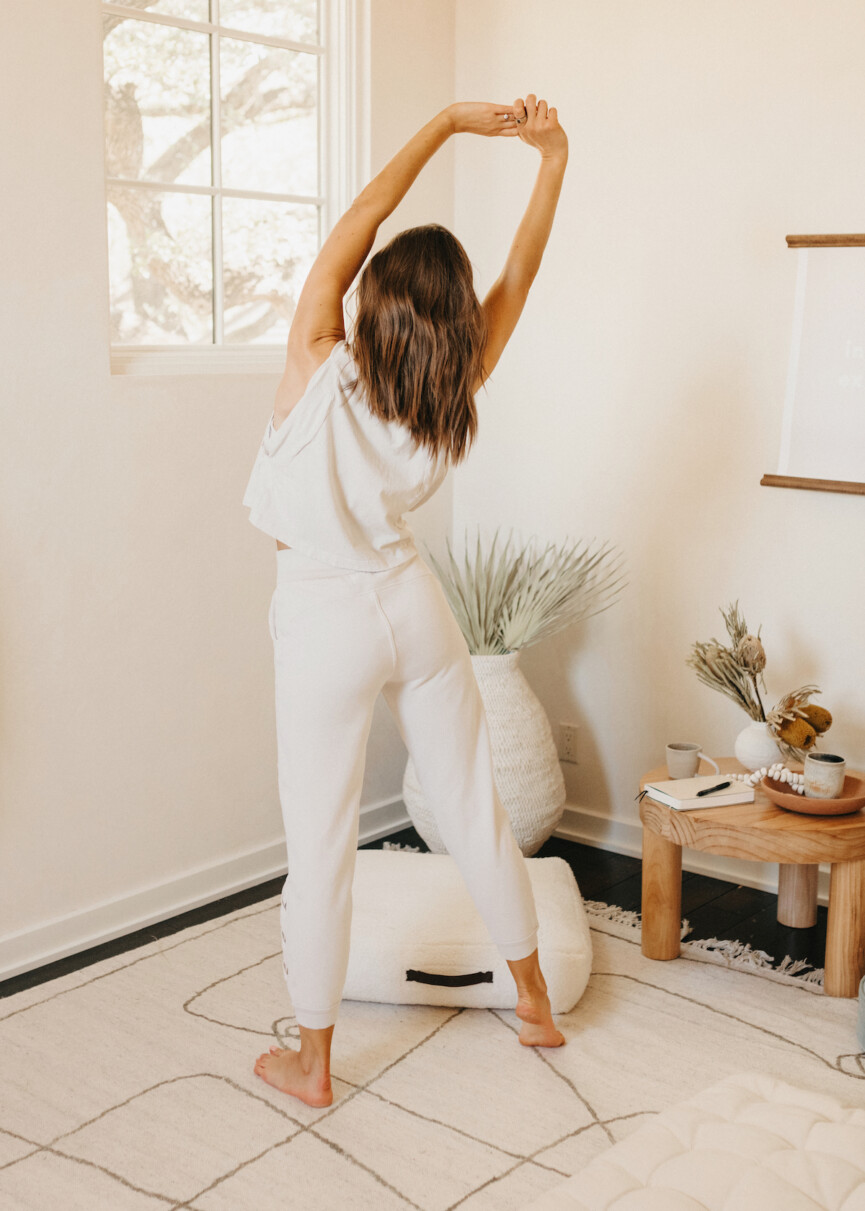
Make it budget-friendly
I set aside basically zero budget for this project, which is perfect because this is one home makeover that doesn’t require buying much at all. It’s all about the cozy textures, so the first thing you’ll want to do is shop your own house for throws, blankets, poufs, and rugs you might have lying around–anything you can layer on for cocoon-like vibes is fair game.
Another thing that makes a meditation room budget-friendly is that by nature, it’s minimalist. Instead of furniture, think floor poufs and cushions. Embrace an empty wall as providing a moment of zen. Negative floor space means more room to stretch and move your body.
And remember! If you don’t have an entire room to makeover, you can transform any little area of the house into your own meditation corner or zen-like zone. It’s all about creating a space for good vibes–it doesn’t matter how big or small it is.


